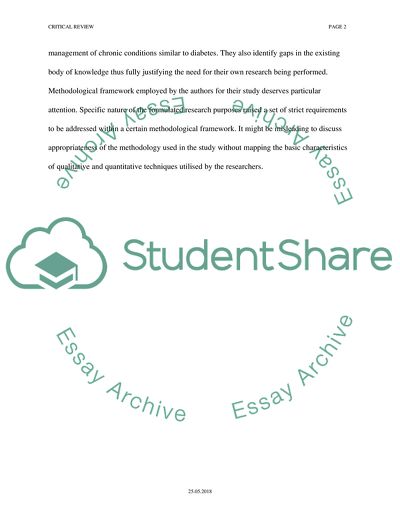Cite this document
(Rewiev of the Article: Management of Type 2 Diabetes Case Study - 1, n.d.)
Rewiev of the Article: Management of Type 2 Diabetes Case Study - 1. Retrieved from https://studentshare.org/health-sciences-medicine/1707423-introduction-to-the-research-process
Rewiev of the Article: Management of Type 2 Diabetes Case Study - 1. Retrieved from https://studentshare.org/health-sciences-medicine/1707423-introduction-to-the-research-process
(Rewiev of the Article: Management of Type 2 Diabetes Case Study - 1)
Rewiev of the Article: Management of Type 2 Diabetes Case Study - 1. https://studentshare.org/health-sciences-medicine/1707423-introduction-to-the-research-process.
Rewiev of the Article: Management of Type 2 Diabetes Case Study - 1. https://studentshare.org/health-sciences-medicine/1707423-introduction-to-the-research-process.
“Rewiev of the Article: Management of Type 2 Diabetes Case Study - 1”. https://studentshare.org/health-sciences-medicine/1707423-introduction-to-the-research-process.


